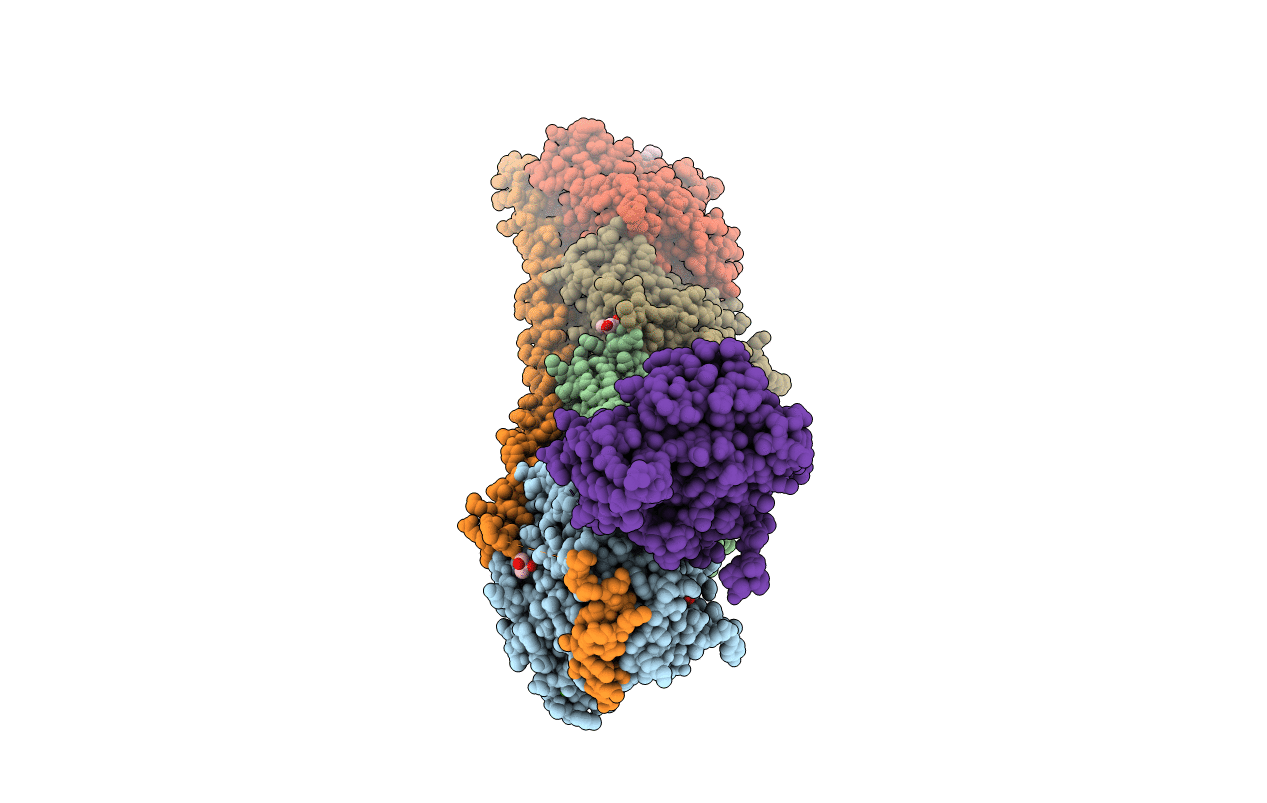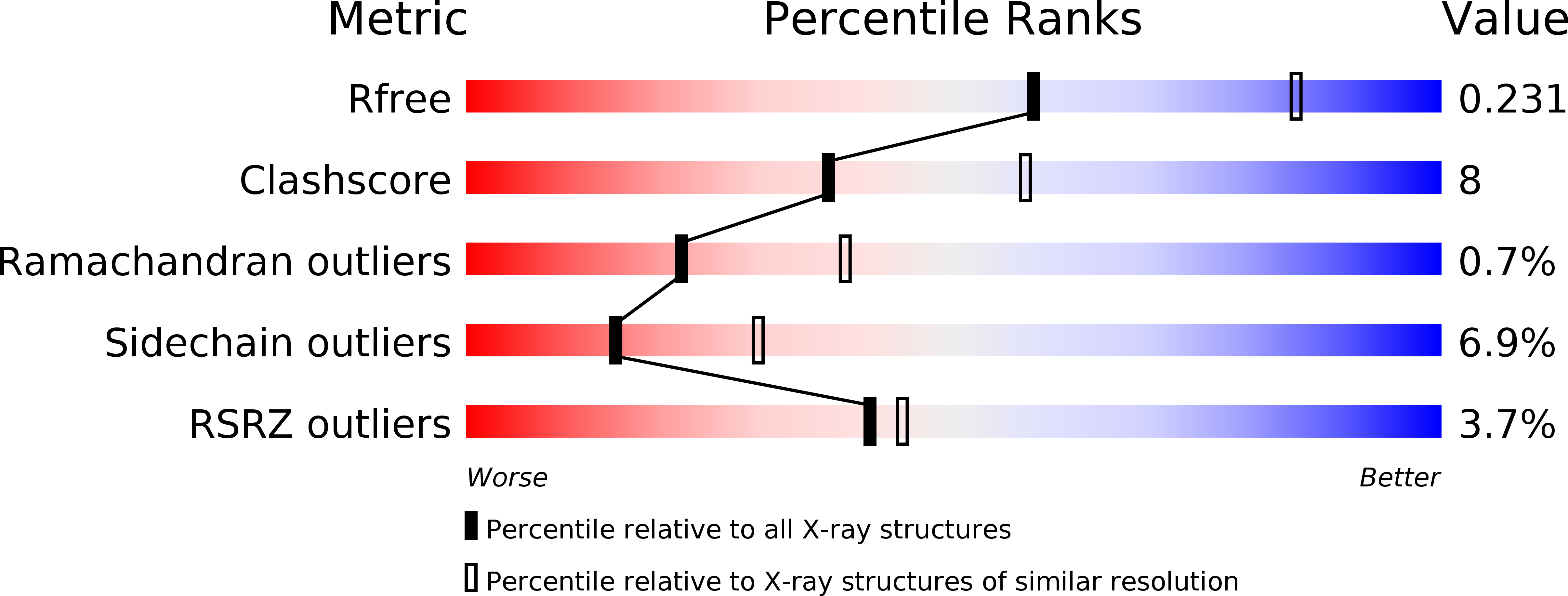
Deposition Date
2015-05-06
Release Date
2016-07-27
Last Version Date
2024-03-20
Entry Detail
PDB ID:
4ZOL
Keywords:
Title:
Crystal Structure of Tubulin-Stathmin-TTL-Tubulysin M Complex
Biological Source:
Source Organism:
Rattus norvegicus (Taxon ID: 10116)
Gallus gallus (Taxon ID: 9031)
Sus scrofa (Taxon ID: 9823)
Gallus gallus (Taxon ID: 9031)
Sus scrofa (Taxon ID: 9823)
Host Organism:
Method Details:
Experimental Method:
Resolution:
2.50 Å
R-Value Free:
0.23
R-Value Work:
0.17
R-Value Observed:
0.17
Space Group:
P 21 21 21


